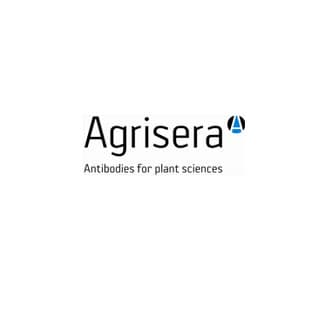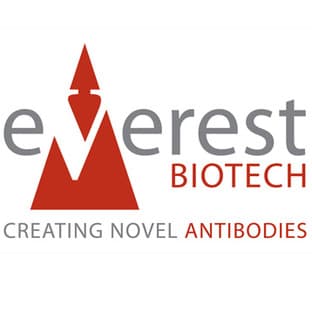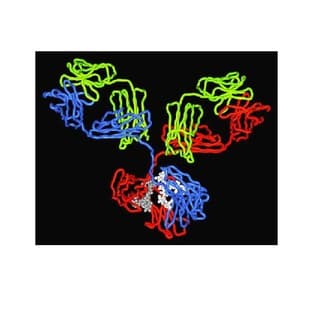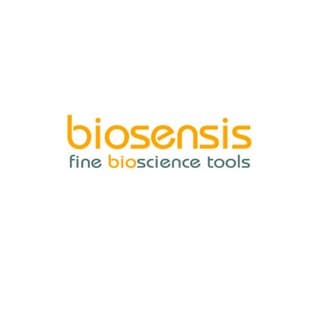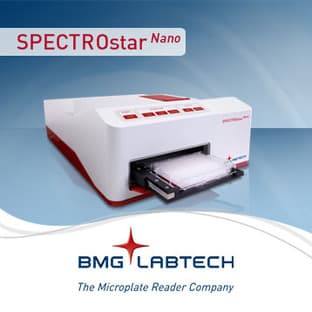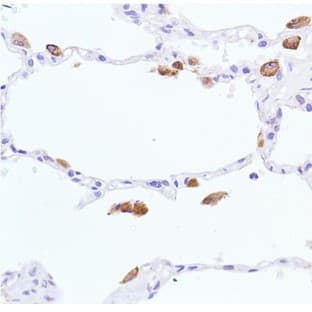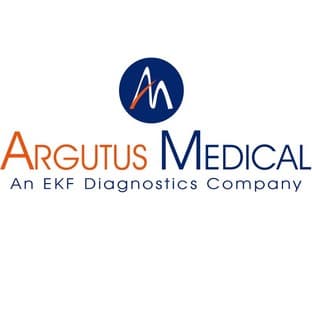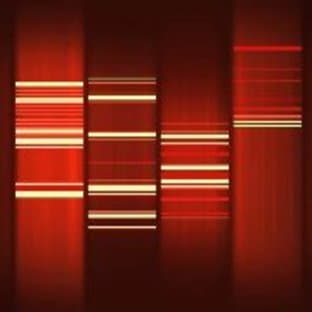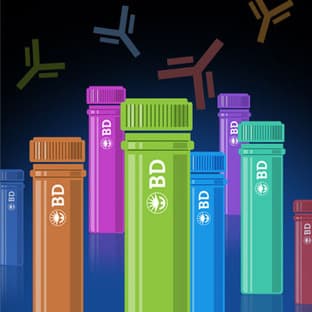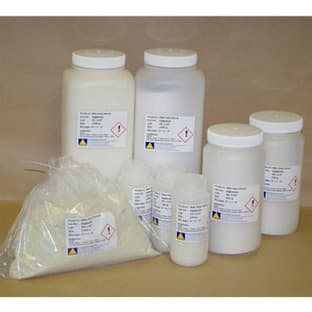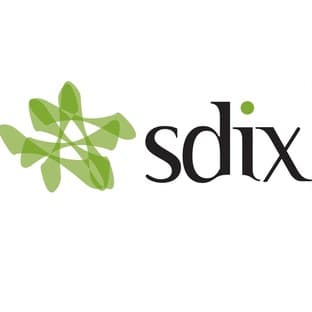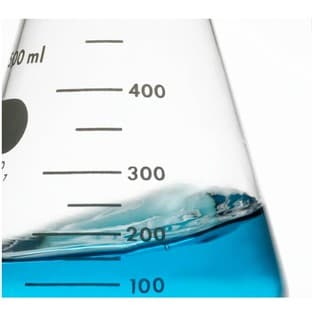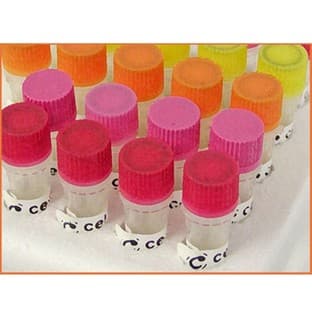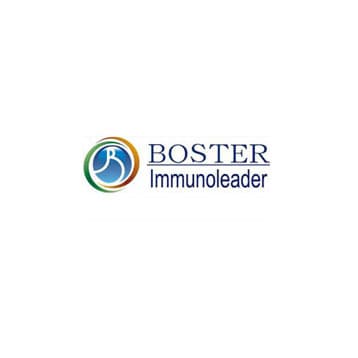
Supplier:
BOSTER IMMUNOLEADERCat no: PA1912
Polyclonal Anti-DLL3
Prices direct from BOSTER IMMUNOLEADER
Quick response times
Exclusive Biosave savings/discounts
SPECIFICATIONS
Price
200.00 USD
Catalog Number
PA1912
Size
100ug/vial
Applications
WB
Reactivities
Hum
Form
Lyophilized
Format
Each vial contains 5mg BSA, 0.9mg NaCl, 0.2mg Na2HPO4, 0.05mg Thimerosal, 0.05mg NaN3.
Gene Id
DLL3
References
1. Bulman, M. P., Kusumi, K., Frayling, T. M., McKeown, C., Garrett, C., Lander, E. S., Krumlauf, R., Hattersley, A. T., Ellard, S., Turnpenny, P. D. Mutations in the human delta homologue,DLL3, cause axial skeletal defects in spondylocostal dysostosis.Nature Genet. 24: 438-441, 2000.\n2. Dunwoodie, S. L., Henrique, D., Harrison, S. M., Beddington, R. S. P. Mouse Dll3: a novel divergent delta gene which may complement the function of other delta homologues during early pattern formation in the mouse embryo. Development 124: 3065-3076, 1997.\n3. Kusumi, K., Sun, E. S., Kerrebrock, A. W., Bronson, R. T., Chi, D.-C., Bulotsky, M. S., Spencer, J. B., Birren, B. W., Frankel, W. N., Lander, E. S. The mouse pudgy mutation disrupts Delta homologue Dll3 and initiation of early somite boundaries.Nature Genet. 19: 274-278, 1998.\n
Swiss Prot
Q9NYJ7
Storage Temp
At -20 degree C for one year. After reconstitution, at 4 degree C for one month. It can also be aliquotted and stored frozen at -20 degree C for a longer time.Avoid repeated freezing and thawing.
Additional Info
A synthetic peptide corresponding to a sequence at the C-terminal of human DLL3.
Scientific Background
DLL3(DELTA-LIKE 3) also known as DELTA, DROSOPHILA, HOMOLOG OF, is a protein which in humans is encoded by the DLL3 gene. This gene encodes a member of the delta protein ligand family. This family functions as Notch ligands that are characterized by a DSL domain, EGF repeats, and a transmembrane domain. Mutation in the mouse delta-like 3 gene (Dll3), which is homologous to the Notch-ligand delta in Drosophila, results in the mouse 'pudgy' phenotype. The human DLL3 gene was identified within a critical interval, mapped in 2 consanguineous Arab-Israeli and Pakistani SCDO1 pedigrees, of 7.8 cM at 19q13.1-q13.3 between D19S570 and D19S908 (Bulman et al., 2000). Dunwoodie et al. (1997) presented results suggesting that mouse Dll3 may complement the function of other delta homologs during early pattern formation in the mouse embryo. In humans, the fact that mutations in genes required for oscillation, such as DLL3, result in abnormal segmentation of the vertebral column suggests that the segmentation clock also acts during human embryonic development. This residue is highly conserved in Delta proteins from Drosophila to humans, and the substitution of a charged polar for a nonpolar residue may disrupt the conformation of the DLL3 protein.
More from BOSTER IMMUNOLEADER
Applications
IHC, WB
Reactivities
Hum
Applications
IHC, WB
Reactivities
Mouse, Rat
Applications
ELISA, WB
Reactivities
Mouse
Applications
WB
Reactivities
Hum, Mouse, Rat
Applications
IHC, WB
Reactivities
Hum
Latest promotions
Spend less time on DNA cleanup so you can do more science. The MSB Spin PCRapace is the fastest way to purify your DNA from PCR, restriction digestion, and...
New brilliant antibodies, and new lower prices!For flow cytometry reagents in general, \"bright is better.\" The violet-excitable BD Horizon™ BV421 and...
As an incentive to qualify our BSA, we are offering a 20% discount when you purchase your first 100g, 500g or 1000g of any grade of Bovine Serum Albumin....
It is not every day that you are given something for nothing. We are giving away additional spectrophotometer software.Cecil Instruments have enhanced the...
We're so sure that you'll prefer Cayman Assay kits over your present brand that we're willing to give you a free assay kit to prove it!
For the past decade scientists have extensively used ATS secondary toxin conjugates to make their own targeted toxins for in vitro use.The ability to combine...
10% Discount on 2 Rabbit Polyclonal Antibody Service. With over 20 years experience, SDIX has developed into the premier US custom antibody producer,...
Did your supplier increase the price of Fetal Bovine Serum? Did they substitute the US Origin with USDA? Well say no more! Innovative Research is still...
Bulk Cytokines with Custom Vialing.20 - 50% off cytokines, growth factors, chemokines and more...For a limited time Cell Sciences is offering substantial...
Jenway’s 73 series spectrophotometer range provides four models with a narrow spectral bandwidth of 5nm and an absorbance range of –0.3 to 2.5A,...
Are you planning to have a customised antibody made for your research?Since 2000, Everest has been producing a catalog containing thousands of affinity...
Top suppliers
United States Biological
230753 products
Carl Zeiss Microscopy
27 products
Promega Corporation
11 products
Panasonic Healthcare Company
5 products
Life Technologies
1 products
Nikon Instruments Europe
11 products
Olympus Europa Holding GmbH
3 products
Leica Microsystems, Inc.
10 products
GE Healthcare Life Sciences
2 products
Tecan Trading AG
19 products
Beckman Coulter, Inc.
1 products
AB SCIEX
3 products
BD (Becton, Dickinson and Company)
1 products
RANDOX TOXICOLOGY
5 products
Randox Food Diagnostics
6 products

